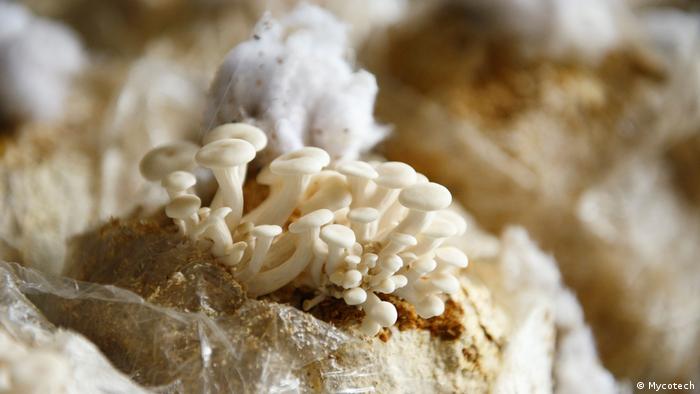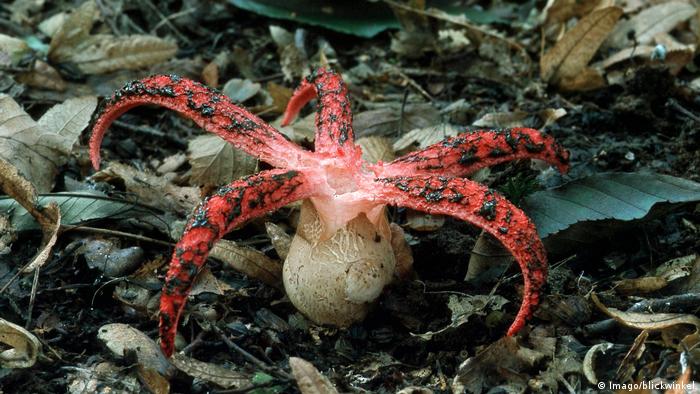Peace officers removed barriers limiting access to the Miramichi Lake cottage area Thursday afternoon, as a working group's eradication plan to rid the lake of smallmouth bass remains on hold.
The working group, including North Shore Mi'kmaq District Council, the Atlantic Salmon Federation and four other partners, planned to start treating the lake and surrounding waterways on Tuesday with Noxfish II, a chemical agent containing rotenone, which is deadly to most fish.
To stop or delay the project until the working group held further consultations with the region's Indigenous population, the Wolastoqewi mothers and grandmothers, primarily from Tobique and Woodstock First Nations, have continually paddled canoes on the lake since Monday evening. The women are working with Connecting to the Land, the registered non-profit dedicated to promoting and preserving Indigenous languages and cultural practices.
On Thursday afternoon, the Atlantic Salmon Federation filed a motion in Saint John court seeking an injunction to force the women off the lake. Lawyer Charles Bryant, representing the women who prefer to call themselves "water protectors," not protesters, said the judge denied the injunction.
Bryant said the judge based his decision on his clients' lack of time to respond to the injunction.
He said the decision didn't rule out the ASF filing for an injunction again with proper notice to his clients.
"There's no bar to bringing it back," said Bryant.
The River Valley Sun reached out to ASF Director of Communications Neville Crabbe to update the working group's plans. In an email response, Crabbe said he would "get back to us."
Andrea Polchies, a member of the mothers and grandmothers, said the women would remain on the lake as long as required to get answers and proper consultation with members of her community.
She confirmed the Department of Justice and Public Safety peace officers removed the checkpoints blocking all entrance points into the Miramichi Lake cottage area on Thursday afternoon.
Polchies said a motorhome denied entry Tuesday evening is now at the lakeside.
While the officers allowed cottage owners through the checkpoint Wednesday, they denied entrance to all others, including the media.
The River Valley Sun asked through email what authority the Department of Justice and Public Safety used to deny entrance to the area.
"As for the road closure on Wednesday and part of today (Thursday) at Miramichi Lake, that was done for safety reasons," said Coreen Eros, a communications representative with the department.
Eros said questions about the eradication project need to go through the working group.
"The project you're asking about is a third-party one," Eros wrote. "Although it's approved by the federal Department of Fisheries and Oceans and has an Environmental Impact Assessment approved by ELG (Environment and Local Government), its proponents are North Shore Micmac District Council with partners the Atlantic Salmon Federation, Miramichi Salmon Association, Miramichi Watershed Management Committee, NB Salmon Council, NB Wildlife Federation, Anquotum. You'll want to speak with them for answers to any questions about their project."
Polchies said the women plan to remain on the water until they and their communities get the information they seek.
"We're not stopping until we get the information," she said. "We want to know what's going on."
While the working group claims it had comprehensive discussions with Indigenous leaders, Polchies didn't hear about the project until three days before its planned start.
"If they want to do something of that magnitude in the territory," Polchies said, "Each chief is supposed to take it back to the communities so we can have a discussion and vote on it."
On the weekend, the Wolastoqewi mothers and grandmothers reached out to cottage owners and supporters, who have been battling the project for close to three years, to offer their support.
The project calls for the spreading of Noxfish II in Miramichi Lake, Lake Brook and 17.2 kilometres of the Southwest Branch of the Miramichi River.
The project's proponents say the drastic measure is required to battle the invasive smallmouth bass, which poses a significant threat to the Miramichi River's salmon stocks.
Opponents say the project presents an environmental threat, adding even the working group acknowledges smallmouth bass already spread downstream beyond the area targeted for the rotenone.
Jim Dumville, Local Journalism Initiative Reporter, River Valley Sun















